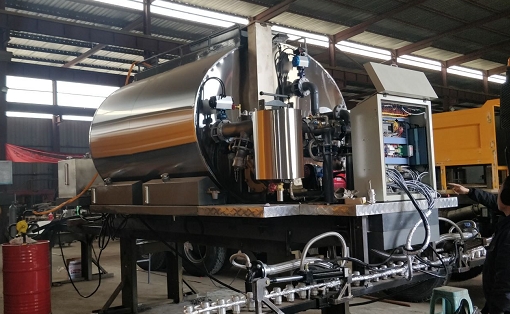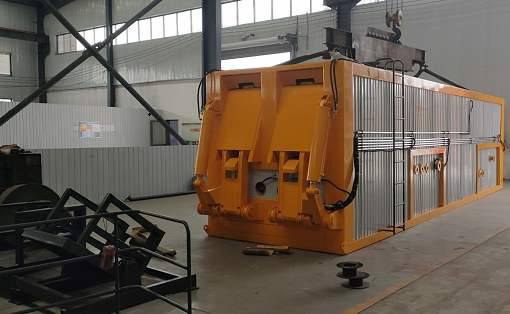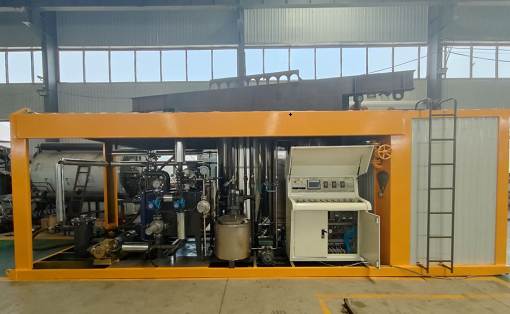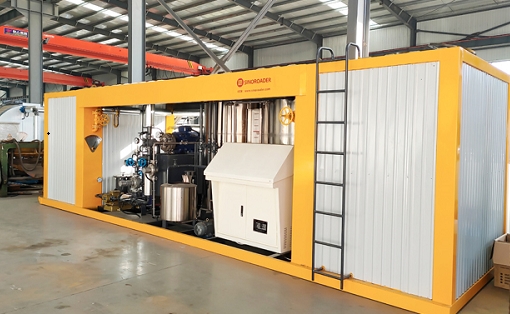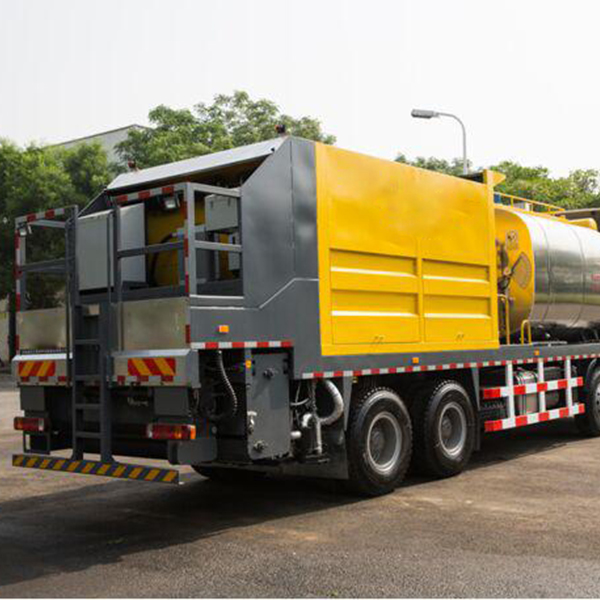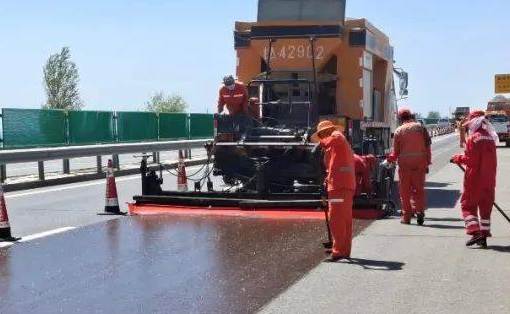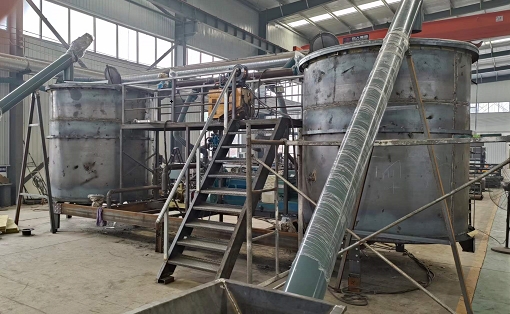Asphalt spreader is an irreplaceable tool for highway maintenance
Asphalt spreader is an irreplaceable tool for highway maintenance. Asphalt spreader is an irreplaceable tool for highway maintenance. Highway maintenance is divided into four categories according to the nature of the project, scale, and technical complexity: minor repair, medium repair, major repair, and improvement. Specific classification:
(1) Minor repair and maintenance project: preventive maintenance and repair of slightly damaged parts of the highway and all its engineering facilities to keep them in good condition. It is usually planned and carried out daily by the maintenance team within the annual minor repair and maintenance quota funds on a monthly (ten-day) basis.
(2) Medium repair project: regular repair and reinforcement of general wear and tear and local damage of highway engineering facilities to restore them to their original state. It is usually planned and implemented by grassroots road maintenance agencies on an annual (seasonal) basis.
(3) Major repair project: periodic comprehensive repair of major damage to highway facilities to fully restore them to the original design standards, or local improvements and individual additions within the original technical level to gradually improve the highway’s traffic capacity. It is usually organized and implemented by grassroots road maintenance agencies or with the help of their superior agencies according to the approved annual project budget.
(4) Improvement projects are large projects that improve the technical level of roads and their engineering facilities in stages and sections due to their inability to meet traffic volume and load requirements, or significantly improve traffic capacity through improvements. It is usually organized and implemented or completed through bidding by regional road maintenance agencies or provincial road maintenance agencies according to the approved plan and design budget. As a manufacturer of asphalt spreaders, we welcome you to visit us.
Asphalt spreader is an irreplaceable tool for highway maintenance. Asphalt spreader is an irreplaceable tool for highway maintenance. Highway maintenance is divided into four categories according to the nature of the project, scale, and technical complexity: minor repair, medium repair, major repair, and improvement. Specific classification:
(1) Minor repair and maintenance project: preventive maintenance and repair of slightly damaged parts of the highway and all its engineering facilities to keep them in good condition. It is usually planned and carried out daily by the maintenance team within the annual minor repair and maintenance quota funds on a monthly (ten-day) basis.
(2) Medium repair project: regular repair and reinforcement of general wear and tear and local damage of highway engineering facilities to restore them to their original state. It is usually planned and implemented by grassroots road maintenance agencies on an annual (seasonal) basis.
(3) Major repair project: periodic comprehensive repair of major damage to highway facilities to fully restore them to the original design standards, or local improvements and individual additions within the original technical level to gradually improve the highway’s traffic capacity. It is usually organized and implemented by grassroots road maintenance agencies or with the help of their superior agencies according to the approved annual project budget.
(4) Improvement projects are large projects that improve the technical level of roads and their engineering facilities in stages and sections due to their inability to meet traffic volume and load requirements, or significantly improve traffic capacity through improvements. It is usually organized and implemented or completed through bidding by regional road maintenance agencies or provincial road maintenance agencies according to the approved plan and design budget. As a manufacturer of asphalt spreaders, we welcome you to visit us.

